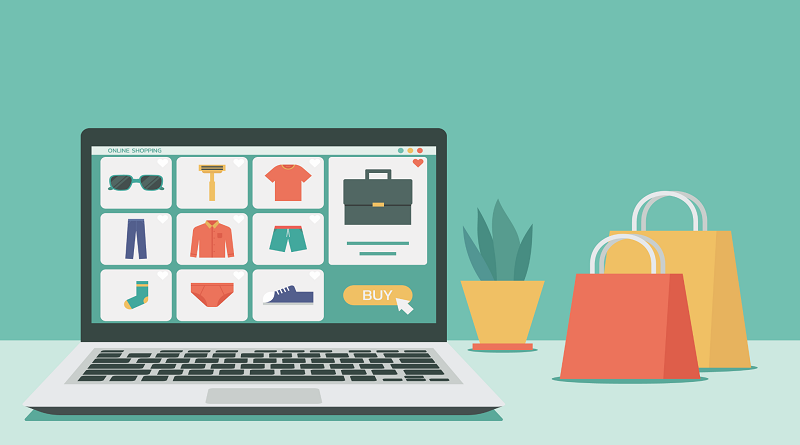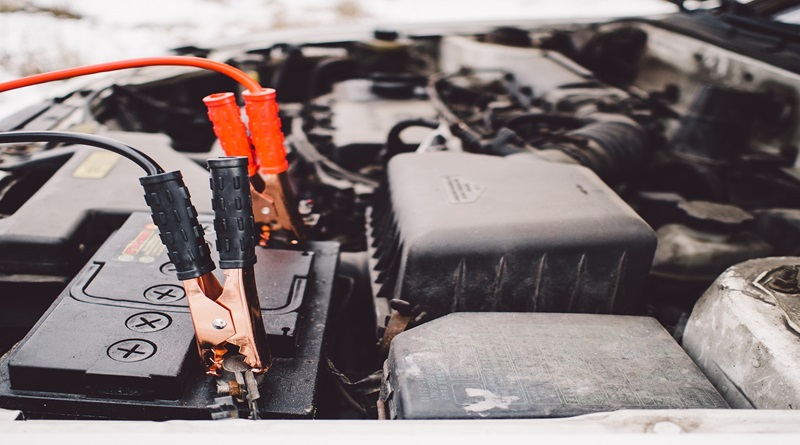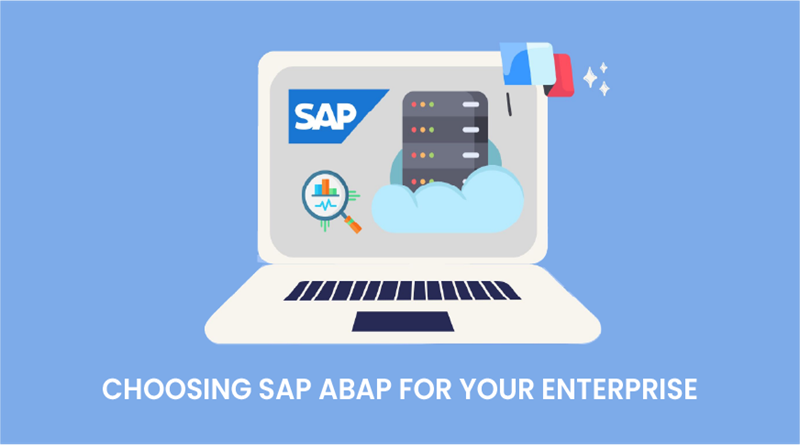E-commerce Image Optimization Hacks You Must Try in 2022

Did you know there are more than 24 million e-commerce sites across the globe? That is with major vendors having more than 10 million sellers under them. Those are crazy numbers!
There is no denying that the majority of the population is online. As part of the community spends time online, we have to admit that the things we see online – the images and the dynamic graphics communicating a message-are worth a thousand words. It’s all the more true for what you can see in the e-commerce world. Quality images are undeniably essential as it is one of those elements that drive the business forward. Those images are the “first moment of truth” (FMOT) translated digitally. It is vital that the moment your target audience opens your site or your social media page, they immediately like what they’re looking at.
We can definitely say that websites and e-commerce sites, as visual platforms, are tied to people’s needs and wants and requires business owners and digital marketers alike to keep image optimization on top priority.
Why Should You Optimize Your Ecommerce Images?
Allow us to list why site optimization should be on top of our priorities.
1.It targets customers’ interest and locks their attention in. The shoppers can quickly get to the reason for their site scrolling or visiting. This is made possible because of the lessened loading time of the images.
2.Image loading speed increased. The more the size of your visuals is compressed, the easier it is to download or load it once the customer visits your site.
3.You can maintain the quality of the photo or image throughout and boost the user experience.
4.Bandwidth can be decreased. This is probably one of the best impact website optimization. You wouldn’t want to experience bandwidth exceeded error, right?
5.Storage space is reduced. You get more storage space with optimized images and visuals, giving you room for other important stuff that should be present on your site.
6.It contributes significantly to Search Engine Optimization (SEO). If your images aren’t optimized, it is most likely that your search engine rank will be negatively affected.
Now that you know why it is beneficial to optimize your site let us share some smart tips to increase e-commerce sales on an optimized site.
12 Smart Tips To Increase E-commerce Sales
1. Consider the Image Size Type
You already know that file size is different from image size. The latter is attributed to the dimensions of a photo or visuals, while the file size is related to the space required to save and store the said image. In line with this, the file size of your photos and pictures directly affects your site’s performance, so you must optimize the images you use on your site.
On a more in-depth note, different image file types are commonly used on the web: JPEG, PNG and GIF. These types can be compressed and still are at par with quality standards.
JPEG images are best for larger files. The larger your images are, the faster the downloading time, and as mentioned, even if compressed, you can still maintain their quality. JPEG files are usually used for photos and dynamic images with various colors. As a standard, e-commerce sites utilize JPEG images more because resizing and compressing this type of file isn’t an issue and does not tamper with its quality or the site’s overall performance. So even in its compressed state, and even if you want to zoom in photo, you can still read quality!
Versus the JPEG images, PNG images can cater to a wide range of colors and maintain quality. So, it’s pretty much ideal to utilize PNG types of files for colorful images, and if you’re considering aesthetics over file size. If you aim to get colorful photos, go for the PNGs.
I think we can all agree that GIFs are the most adorable type of compressed videos and images. There is a limit to the number of colors they can display, but GIFs give your messages and posts life. It’s pretty much ideal to use these for small images like thumbnails and animations to spice up your social media postings and marketing campaigns.
2. Deliver Quality Images
Marketing your products or brand with images that are high quality speaks so much about your overall branding and affects customer engagement.
You can already make things work with a great head start if you have quality images on hand. By quality photos, I’m talking about the times when you zoom in photo or an image, and you still find that you get a clean image. Quality is maintained, not pixelated or blurry.
When you start optimizing your images, you need to double-check and assess the image quality after that. When you have quality images, optimizing them would only be like giving it the finish touches. Sites with high-quality images earn more. You want users and customers to click on those photos/ images because it has appealed to them and has piqued their interest.
Improved site performance and user experience result from highly optimized images that create better customer connections. Who knows, conversions can happen because they didn’t have to wait for that image to load.
3. Keywords are really key
Optimizing your site as a whole by using relevant keywords is a known fact. This may be applicable for images, especially for those that are being used in e-commerce sites. Ideally, you might want to use only one keyword or phrase for each image.
You’d want to identify and learn keywords commonly used when searching these images. Go ahead and check with Google if the keywords reveal or showcase any recommendations. This simply indicates that the words are frequently searched, and users are looking for those visuals. That’s the reason why they click on the “image results”, too.
Keep in mind that Google Analytics can be your friend in identifying the common keywords users search for on your website. Once you have the right keyword, you can write the file name and title tags to your images, opening a door for site traffic.
4. Name Those Images
You probably already know that you’d better not stick with the default name that your device gives your image files. When it comes to the images on your e-commerce sites, you must provide names that truly identify those images or that attribute to them. Use terms that regular people would search for in search engines. Refer to your analytics and discover keywords and phrases people search for. You can use them as a reference to name the images on your site.
Make sure the file names are regular, descriptive, and legible words. Remember not to use multiple keywords in one file name. Don’t include underscores, and avoid using spaces.
5. Utilize Title Tags
You’re probably wondering what title tags are. Those are the word, phrases or captions you see every time you hover your cursor over a particular image. They simply give you an idea as to what the image is about. It’s more like a hidden caption. When you see these title tags, you’d want to click all the more if it appeals to your interest.
One thing you might want to consider is to include your image keyword on the title tag. The importance of title tags on your rankin is still debatable, but people continue to use title tags, because it is effective in getting users’ attention.
6. Compress. Compress. Compress.
When it takes a long time for images to load on your e-commerce site, the consequence is that users might lose interest, and the appeal decreases. In this competitive digital age, the faster your page loads, the better the results are. The less waiting time, the better.
On the SEO side, it definitely could affect it negatively if the total loading speed of a particular site is not fast enough. The best thing to do is save the image or photo in its appropriate format with the correct dimensions to get it compressed. What you’re doing is reducing data within the photo, thus also reducing the size. You can now compress and adjust images and maintain quality by using specific image compression tools.
Remember then to simply avoid uploading large-sized images, and you should know the image’s maximum size.
7. Thumbnails work
If you’re a user and you enjoy scrolling through e-commerce or shopping sites, you may have seen hundreds of thumbnails, and you have probably clicked on those that have appealed to you. Thumbnail images are compelling, to say the least when consumers are browsing through pages and specific categories for things they need and want.
Thumbnails are also best utilized for search results. When you enter a keyword on a search engine, the thumbnails you see actually get more clicks.
8. Content Delivery Network
What exactly is a Content Delivery Network (CDN)? It’s a system that mainly hinges on the distribution of servers delivered in multiple data channels all over the web. These said servers are located all across the globe to deliver images, videos and other multimedia elements. What CDN does is decrease the network points between you and the server. That’s why it is easier to deliver content or load the images on a website. CDN increases multimedia content speed or delivery time, and utilizing and maximizing it can benefit your site and your marketing campaign strategies.
9. Include a Sitemap
The reality is that internet users use Google search and Google image search a gazillion times daily. Take advantage of this fact and ensure that your products appear when a keyword linked or attributed to your product is typed on that search engine.
By submitting a sitemap to Google, you can get help with getting your images indexed. Enlisting your photos means you’ll have more opportunities to get your images searched and clicked, thus increasing site traffic when it links to your site directly.
10. Consider the Aesthetics, too
Of course, we’re not just all about the technical side. When you want to improve your marketing digitally through images and visuals, you need to consider the aesthetic element. Consider the total package—branding, color theme, filters used, background colors, and other design elements that can bring an image to an excellent light.
When marketing through e-commerce, it’s simply essential to think about details like putting yourself in the consumers’ shoes. Consider images that people would want to take a second look at. Look into the instances where they’d be interested to even zoom in on that photo. Would this photo actually appeal to them? Would they click it? Would they want to save it on their phone and think it over before going back to your site and buying it? Ask yourself, think like your customers.
An interesting photo will appeal to the user and communicate what it needs to. Don’t neglect the aesthetics, as it’s a great ingredient to a photo or image that can positively impact your overall marketing.
11. Don’t forget about your logos
When you’re building your brand, it’s an essential strategy to create a logo. Consumers need to attribute you to something to remember you, your product or your brand. All that basics said, you also need to get your logo optimized.
An optimized logo can open more doors to marketing opportunities and publications online. Get a good designer or utilize the available photo editing tools and create a logo that speaks about your brand or represents your branding well. It should be something that they can remember you by. The best thing to do, too, is to completely optimize your logo by linking it to your e-commerce site. No harm is done here, and it can even improve your ranking.
12. A/B Testing
When you’re a digital marketer, you may want to go the “better safe than sorry” route. In terms of establishing marketing campaigns or building something for your site, testing is always a wise decision.
Your website’s performance creates an overall impact on the consumers. Positive user experience will always yield great results marketing-wise. When your site is full of images, you must consider its loading time. That’s why optimizing these images is of utmost importance.
You may want to perform an A/B test of these images for your products, probably by category. You can also do an A/B test for certain images your users have liked and discover how the higher quality images load slower and affect the site performance and the like.
Go all out. It’s going to be worth it.
Takeaway
Getting images on your e-commerce site is of extreme necessity, especially if marketing digitally is your bread and butter. Optimizing images will be well worth it in the long run. They say prevention is better than cure, so eliminate all the possible risks that may negatively impact your users’ experience.
Take note that an e-commerce site includes a lot of visuals than your regular sites. Thus, optimizing images as such is pretty much foundational. Choose the right image format and size, and compress it. You should just do it, and you’ll impress your users.
Author’s Bio:
Shelly Solis is a digital marketer who loves to cook and read in her free time. She is the CEO and co-founder of SaaSLaunchr, a digital marketing service agency offering professional content writing
Also read : 10 Ways to Promote your Small Business with Instagram





